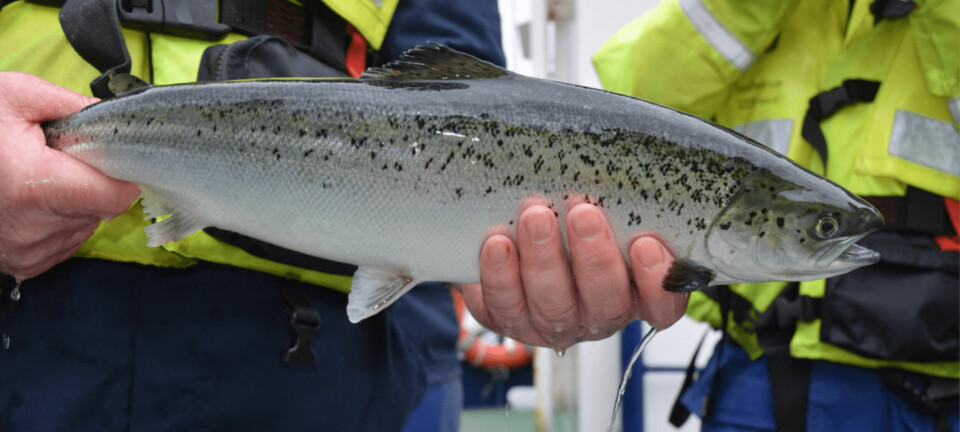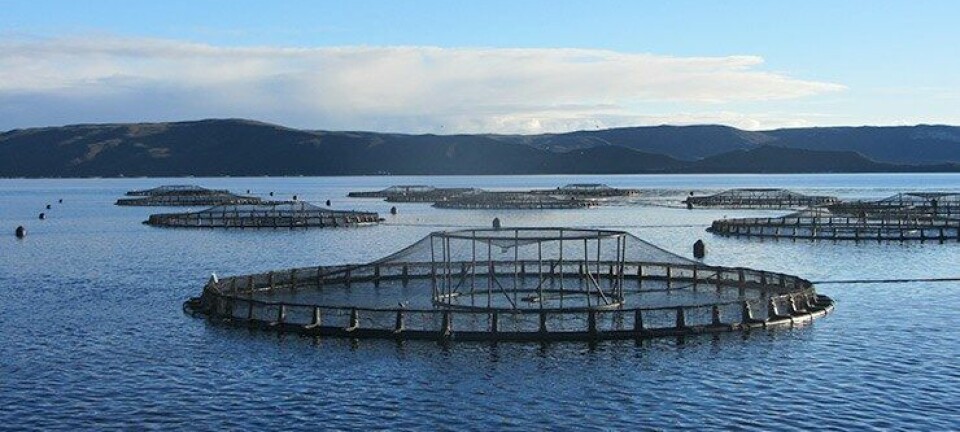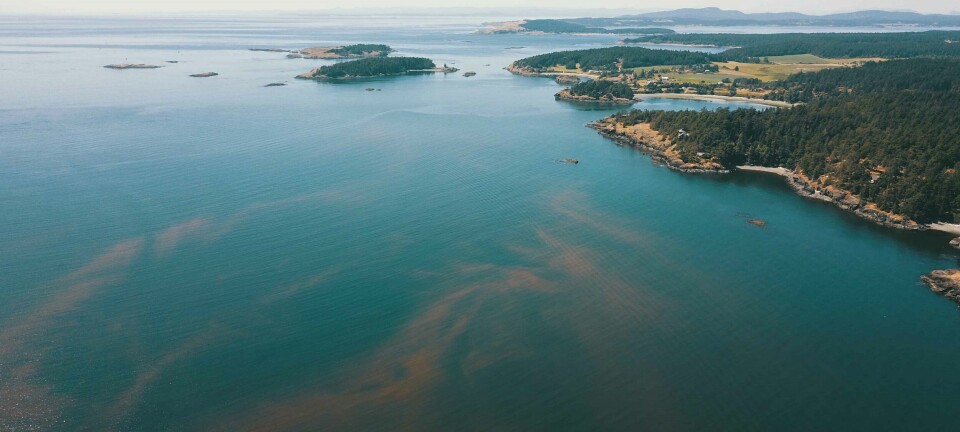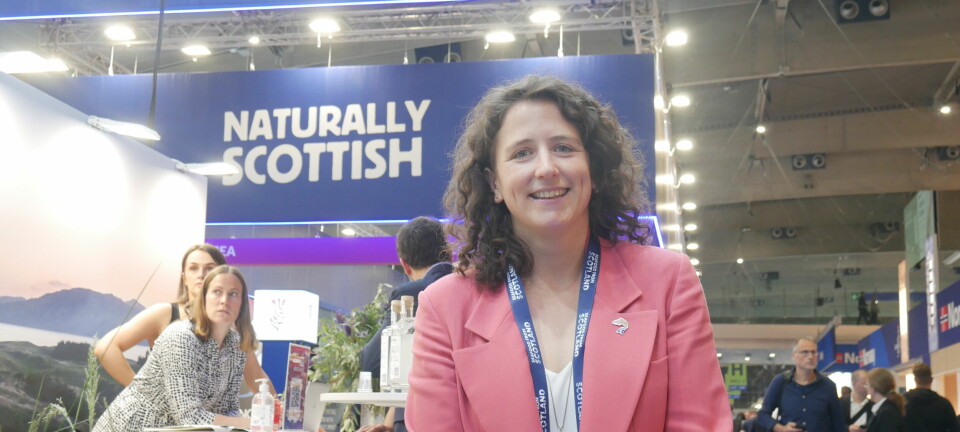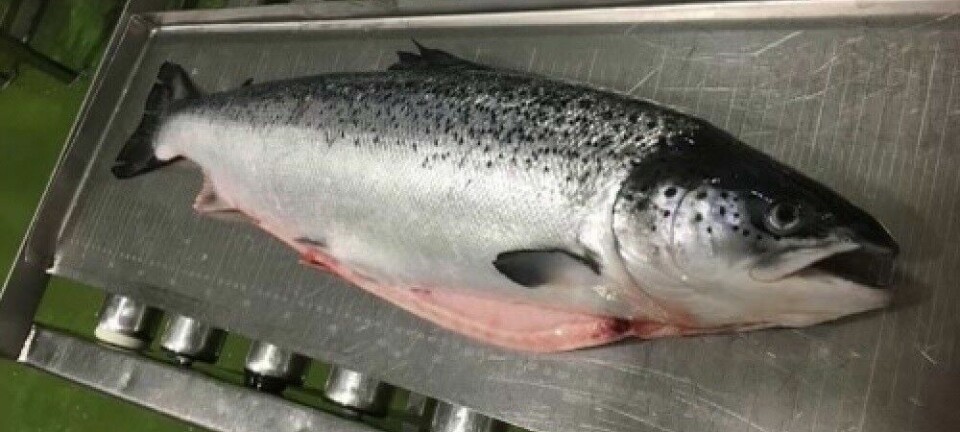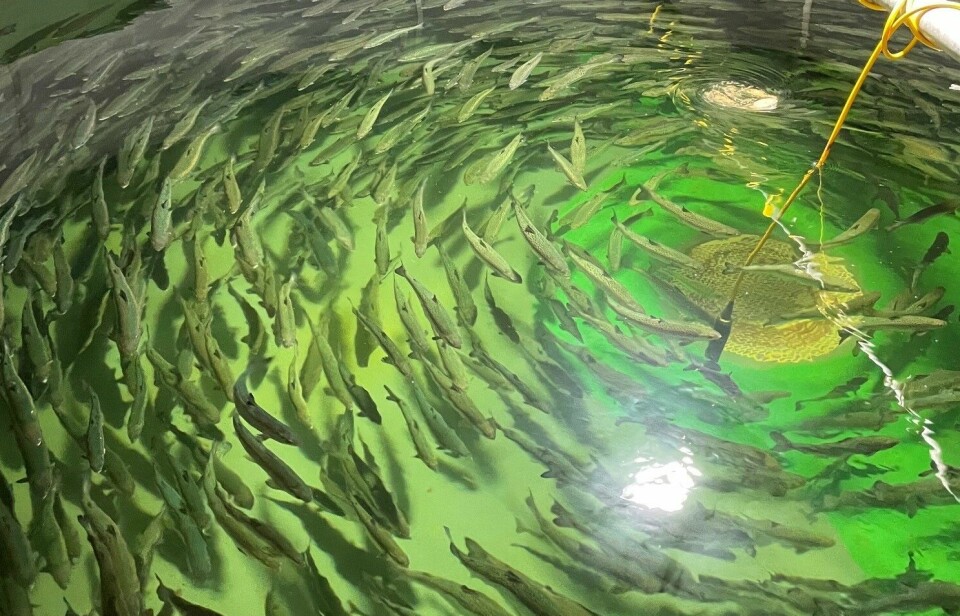
Sterile salmon sea trial hanging in the balance of probabilities
Norwegian watchdogs split over risks of growing offspring of gene-edited salmon at sea
Plans to grow sterile offspring of gene edited salmon in net pens for research purposes in Norway have met with divergent responses from two expert groups consulted by the country’s Environment Agency (Miljødirektoratet).
The Norwegian Scientific Committee for Food and Environment (VKM), which carries out independent risk assessments for the Norwegian Food Safety Authority (Mattilsynet) and the Environment Agency, has assessed the field trial as too risky and wants more work done on land first.
But the Biotechnology Council (Bioteknologirådet), a government-appointed independent advisory body that is consulted by Norwegian authorities in connection with matters relating to modern biotechnology, believes it should go ahead.
Gene edited sterility
The project by the Institute of Marine Research (IMR) is part of ongoing research into using gene editing as an alternative way of producing sterile farmed salmon that are unable to mate with wild Atlantic salmon if they escape. Sterility also prevents problems associated with early maturation.
Atlantic salmon can be rendered sterile by pressure or temperature treatment of newly fertilised eggs to produce triploids, which are functionally sterile due to having a third, unpaired set of chromosomes. But triploids often perform poorly on commercial fish farms and the production of triploid salmon in Norway has been put on hold due to welfare issues of the fish.
Scientists at IMR have previously used the CRISPR gene editing technique to create sterile salmon – trademarked VIRGIN salmon - by preventing the formation of germ cells that develop into gametes (reproductive cells). The technique involves microinjecting a CRISPR-Cas9 “construct” at the egg stage.
By adding a protein to the egg at the same time as the CRISPR construct, they were then able to create a genetically sterile broodstock fish with germ cells – called “VIRGIN rescued salmon” - which in turn can produce sterile offspring for production. However, the so-called “mosaic” nature of the parental fish resulting from the CRISPR gene editing means that there are both sterile individuals (F1 VIRGIN salmon) and fertile individuals (wildtype farmed salmon) within the same sibling offspring groups.
Research station
IMR wants to put 303 F1 VIRGIN salmon, along with 485 fertile siblings, into net pens at its Matre Aquaculture Research Station to see how they perform in commercial-style conditions. The fish are currently being held in tanks until the Environment Agency makes its decision. The sterile fish, which carry two non-functional gene variants (alleles), and the fertile fish, which carry two functional wildtype alleles, have been identified by genotyping adipose fin-clips.
The fish would be divided into four 5 x 5 metre pens (5m deep) contained in a 12 x 12m pen (14m deep), covered with double bird netting. The fish would be euthanised and incinerated at the end of the experiment.
VKM has produced an 82-page report which states that the field trial is associated with a risk of escape and that the gene edited salmon – classed as genetically modified organisms in Norway - could escape into the wild. VKM believes the probability is “very low”, but that the consequence would be “massive”.
Sterility not proven
According to VKM, there is great uncertainty associated with the risk assessment attached to the project, as the literature is very limited and relevant data are lacking. The assessments are largely based on expert assessments.
VKM estimates that approximately 20 of the 303 F1 VIRGIN salmon to be used in the experiment have mutations that have not been experimentally proven to lead to functional sterility. There is therefore the possibility that they are fertile, and that if they escaped, they could mate with wild fish and pass on a sterility trait.
Anna Wargelius, who is charge of the project at IMR, says that VKM has got it wrong.
Lacked expertise
She told Fish Farming Expert’s Norwegian sister site, Kyst.no: “We are currently writing a comprehensive revision letter on the VKM report where we report all scientific errors. This letter is going to the Norwegian Environment Agency. One example is of course that the 20 fish mentioned are 100% genetically sterile just like the other genetically sterile fish. It is clear that VKM lacked the necessary expertise to evaluate our experiment.”
In its opinion to the Environment Agency, the Biology Council says that, given that the risk of genetic influence on wild salmon is avoided, “the experiment is suitable for generating knowledge that is useful to society and will be able to contribute to promoting sustainable development”.
The Council adds: “For the risk of genetic influence on wild salmon to occur, several improbable to very improbable events must occur in a row, including that the fish escape first and that some of the fish that escape carry the gene variant for sterility without being sterile themselves.”







